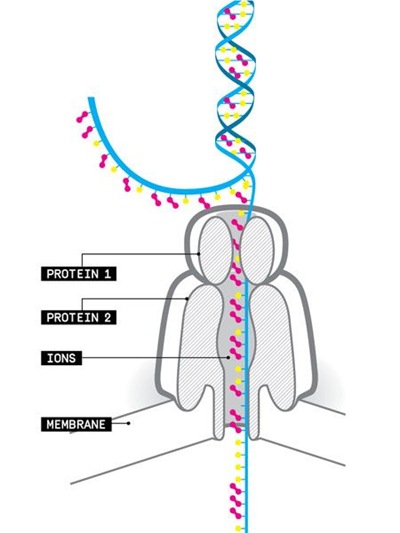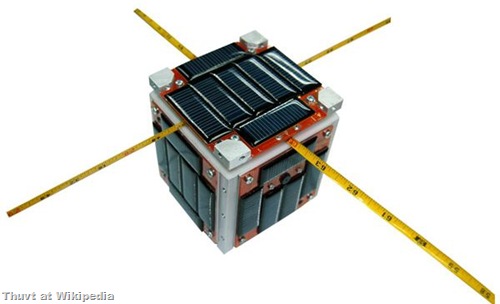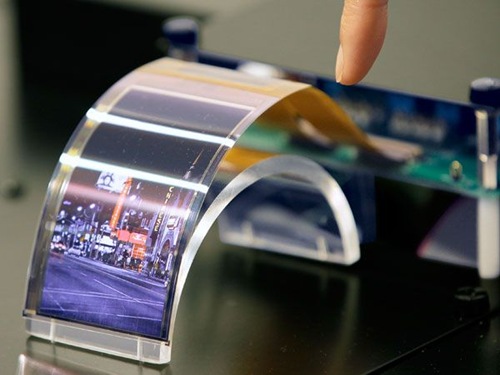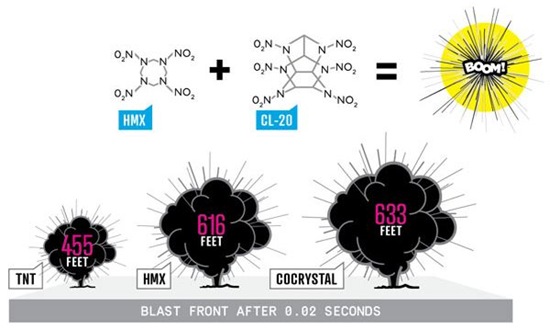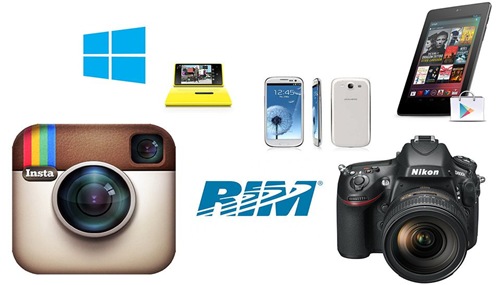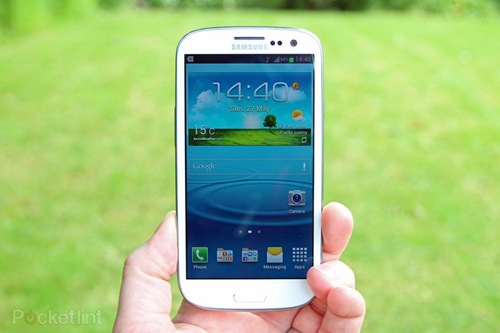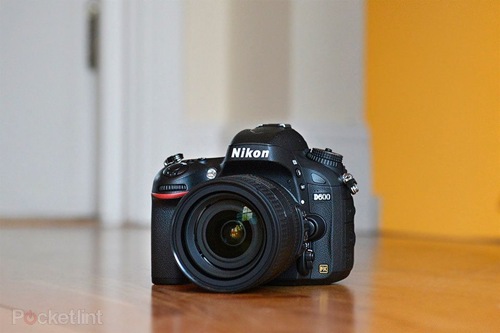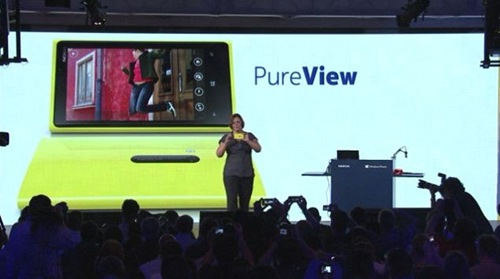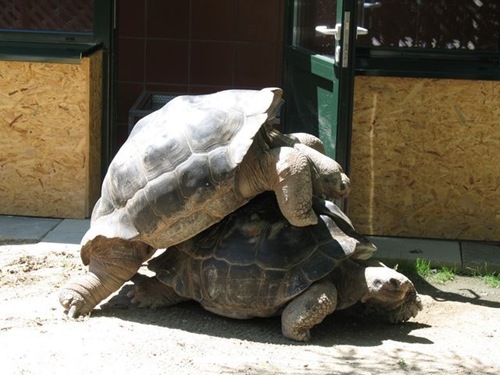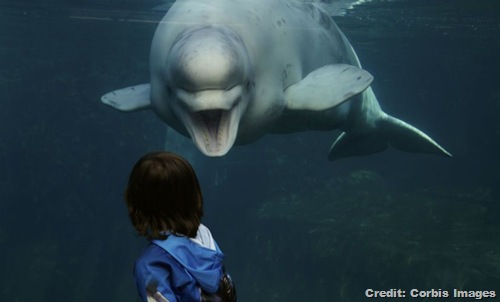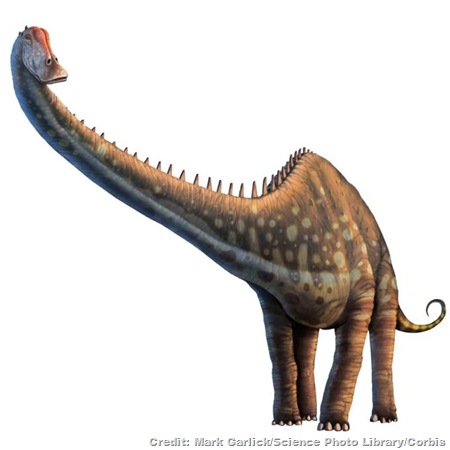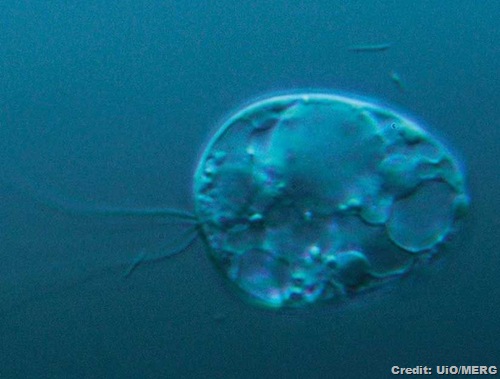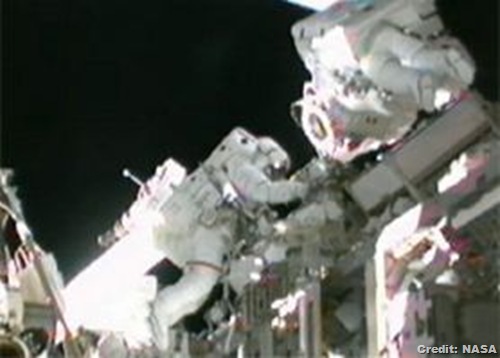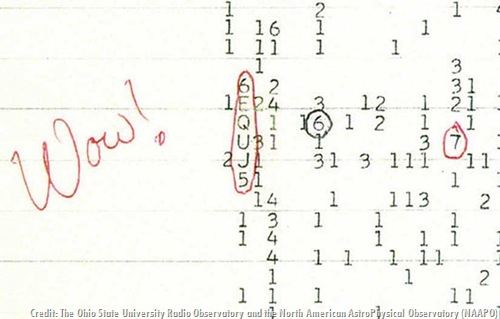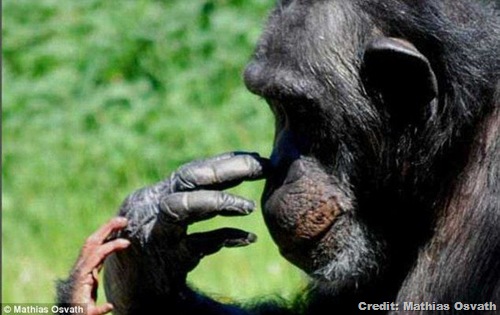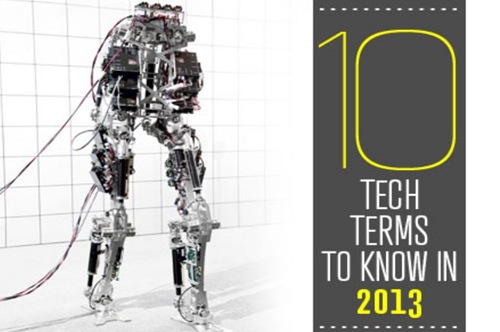
In 2013 we will sequence DNA faster and cheaper than ever, design radios that intelligently find open spectrum amid the crowded airways, and charge EVs without plugging them in. Consider this your cheat sheet for the year in tech.
1. Nanopore Sequencing
Back in 2008 it took four months and nearly US$1.5 million to sequence the complete genome of DNA co-discoverer James Watson. Now, with the commercialization of nanopore sequencing on the horizon, it should take only 15 minutes. Decoding a genome requires linking together several of Oxford Nanopore Technologies' US$30,000 sequencers. Each sequencer pulls a strand of DNA through a 1-nanometre - wide hole - about 100,000 times smaller than the diameter of a human hair - and monitors the distinctive changes in an electric current that reveal which of the four DNA bases is passing through the opening. Oxford Nanopore Technologies is also releasing a single-use sequencer that plugs into a computer like a USB key and costs less than US$900.
2. Cognitive Radio
The airways are getting crowded, thanks to smartphone and tablet data transmission that doubles every year. One solution: cognitive radio devices, whose signals automatically jump back and forth between frequencies in a fraction of a second to find open spectrum. A prototype developed at Rutgers University can switch to a new frequency in less than 50 microseconds while sending eight times the data of a typical home wireless system, taking advantage of openings on the AM and FM radio, TV, and cellular frequency bands. And Florida-based xG Technology has already set up a demo network in Fort Lauderdale, Florida, that uses cognitive radio for mobile broadband and VoIP links. Crucially, the FCC announced in September a pending rule change that will pave the way for spectrum-sharing technologies such as cognitive radio to use previously restricted frequencies.
3. Co-Robotics
Old-school industrial robots work best alone - try to help an assembly-line welding bot and you'll probably get welded. But the next generation of robots will work closely with humans, augmenting our capabilities and compensating for our weaknesses. That's why the National Robotics Initiative is pouring up to US$50 million a year into co-robotics. The initiative is backed by agencies ranging from NASA (robots to help astronauts and to explore terrain where humans can't go) and the National Institutes of Health (robot surgery for everyone and home care for the elderly) to the Department of Agriculture (robots that can deworm animals and sense fruit ripeness). A key first step to robot-human interaction: full-size humanoids such as UPenn and Virginia Tech's SAFFiR (above), which will help fight fires.
4. Targeted Tweets
Most everything you post online can be used by advertisers to judge what kind of consumer you might be. On Twitter, brands want their promoted tweets to show up only for specific target audiences. So they use what people post to sort users by demographics such as location, platform, and time - and likely, in the future, by tweets' subject matter. That way, companies can serve up ads only to those they think will listen.
5. Plug-and-Play Satellites
CubeSats are tiny satellites 4 inches long and less than 3 pounds each. They're easy enough to build that amateurs and high school students have done it - and they've helped spark a total rethinking of what it takes to send a satellite into space. Researchers at the Air Force Research Laboratory and elsewhere have been working on a new plug-and-play approach that can be applied to satellites up to 1000 pounds. By standardizing the usual components and developing a common language for the parts to communicate with one another, designers can avoid rethinking the gyroscope for every new project. The result: A satellite can be designed and built in six days instead of six years. Northrop Grumman has adopted this approach for its Modular Space Vehicles (MSV), which will allow military commanders to order custom tactical satellites and receive them within weeks. The first MSV is expected to launch in 2013.
6. IGZO Display
As the display-resolution arms race heats up, computer and mobile device makers need to look beyond silicon to get sharper images. By replacing the backplane of LCD displays' silicon with the semiconductor indium gallium zinc oxide (IGZO), manufacturers can shrink pixel size, making screens sharper. That semiconductor swap also results in energy savings because electrons zip around more quickly than they do in the current amorphous silicon. Sharp's prototype crystalline IGZO display has a 6.1-inch screen and a resolution of 498 pixels per inch, far outstripping the iPhone 5's 326-ppi Retina display. (And yes, despite Apple's claims, you'll be able to see the difference.) IGZO can also be incorporated into organic LED displays, boosting resolution and efficiency. Sharp is already manufacturing first-generation IGZO displays and expects to ramp up production in 2013.
7. Cocrystallized Explosive
Borrowing a technique from pharmaceutical researchers, military engineers are using co-crystallization to create a new generation of designer explosives. The method lets scientists merge two complex materials with different properties into a single co-crystal that combines the best properties of its two constituents. For example, a team funded by the Defense Threat Reduction Agency has succeeded in co-crystallizing the standard military explosive HMX with a powerful but dangerously unstable explosive called CL-20. The new explosive has a detonation velocity that is 225 miles per hour faster than standard HMX, producing a more powerful blast wave - but, crucially, in drop tests it's just as stable as HMX.
8. Single-Board Computer
With credit-card-size computers, each made of a single circuit board, the Raspberry Pi Foundation aims to take science and technology to schools around the world. The Raspberry Pi computer - generically known as a single-board computer - costs just US$25, runs on Linux, and can be plugged directly into a TV or keyboard to play HD video and run software for word processing and games. To keep down costs, the unit has no Flash or hard drives and instead relies on SD cards for system information and storage.
9. Inductive EV Charging
It's not terribly complicated: An electric current in one coil of wire generates an electromagnetic field, and that induces a voltage in another nearby coil of wire. Presto, you've just charged your battery with no wires! And it's not terribly new either. (Remember the Palm Pre's optional inductive charger back in 2009? Exactly.) But it's looking like 2013 could be the year when wireless inductive charging finally reaches critical mass. Infiniti plans to release a model in 2014 that charges from a coil embedded in the ground under your parking spot. The technology is also showing up in consumer electronics, including Nokia's new Lumia phones. The critical question: Will the Wireless Power Consortium, an organization that aims to impose standards so any wireless charger can work with any device, manage to get companies to cooperate so that everyone's parking spots and portable devices can play nice?
10. Space Fence
Even the final frontier is getting crowded these days, as illustrated by the 2009 smashup of an American communications satellite with a Russian one. The U.S. is currently tracking space objects with an outmoded system commissioned in 1961. But that will start to change in September when crews on Kwajalein Island in the northern Pacific start construction of the first radar site in the new US$3.5 billion Space Fence network. The system uses high-frequency radar to detect objects as small as a softball at a distance of 1200 miles and can perform "uncued tracking," which means it can track objects it hasn't already registered. The result: Once it's up and running in 2017, the Space Fence will keep tabs on more than 200,000 objects in low- and medium-Earth orbit.
Related Links:
